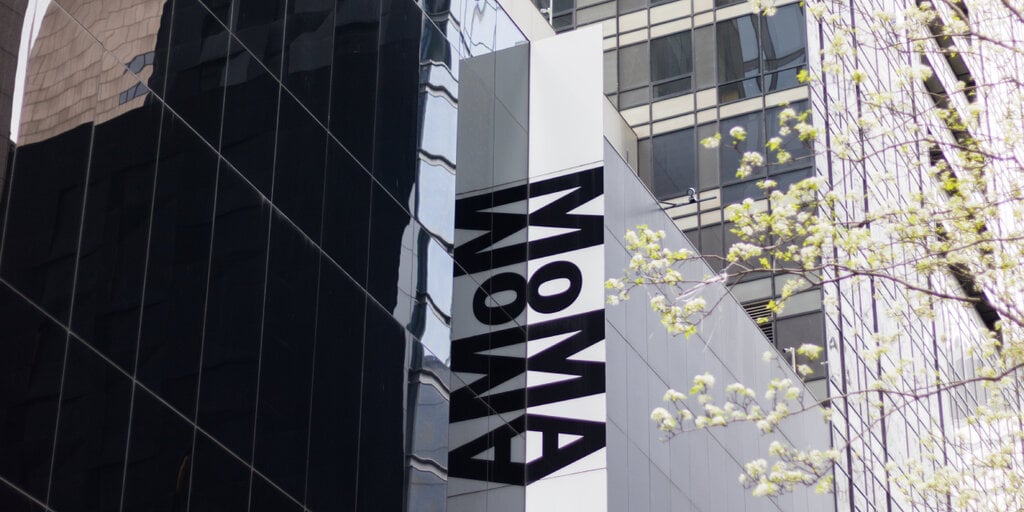
The Museum of Modern Art (MoMA) is diving deeper into the world of digital art by launching an NFT-backed digital initiative called “MoMA Postcard”. This interactive program aims to encourage users to experiment with creating art on the blockchain.
Set to debut later this month, MoMA Postcard allows participants to send digital chain letters featuring 15 blank “stamps” across the blockchain to collaborators of their choice. Each participant will contribute to building a collaborative art piece by adding their own unique stamp to the postcard, all centered around a specific theme.
According to MoMA, this initiative provides an approachable and creative way for people to explore NFTs and blockchain technology. By leveraging the Tezos blockchain to mint the NFTs, MoMA is showcasing its commitment to the potential of this technology in the art world.
To kick off the program, MoMA invited 15 digital artists to collaborate on a series of postcards called “First 15”. Each postcard was tailored to a unique prompt, allowing the artists to showcase their creativity and interpretation of the theme. Notable participating artists included Dmitri Cherniak, Casey Reas, Grant Yun, Anna Lucia, and Kim Asendorf.
The diversity of prompts demonstrated the range of artistic expressions that can be achieved through this digital initiative. For instance, the art duo Operator asked artists to design a stamp signifying the “Number of hearts you’ve broken (romantic love or not),” while Dmitri Cherniak requested artists to simply “Create a pixel goose.” These prompts challenged the artists to think outside the box and pushed the boundaries of their creativity.
Sasha Stiles, one of the participating artists, emphasized that this initiative is a global art movement that fosters imagination and collaboration on an unprecedented scale. Watching the digital postcards circulate worldwide in real time has highlighted the decentralized nature of this art form and the limitless possibilities it offers.
MoMA’s previous venture into the world of NFTs was in partnership with digital artist Refik Anadol, where NFTs were sold and inspired by the museum’s archives. Continuing their exploration of blockchain technology, MoMA’s latest announcement demonstrates their long-term commitment to incorporating digital art and the blockchain ecosystem into their programming.
This trend of major art institutions embracing blockchain technology and digital art is not exclusive to MoMA. The Musée d’Orsay recently announced a year-long partnership with the Tezos Foundation to integrate blockchain-backed artworks and digital artists into their collections and exhibitions. Similarly, the Centre Pompidou debuted an exhibition dedicated to exploring art created on the blockchain earlier this year.
These initiatives underline the growing interest and recognition of the potential of blockchain technology in the art world. By embracing NFTs and blockchain, museums are opening up new avenues for artists and providing unique experiences for art enthusiasts. The intersection of art and technology continues to evolve, and these forward-thinking institutions are leading the way in shaping the future of art.






